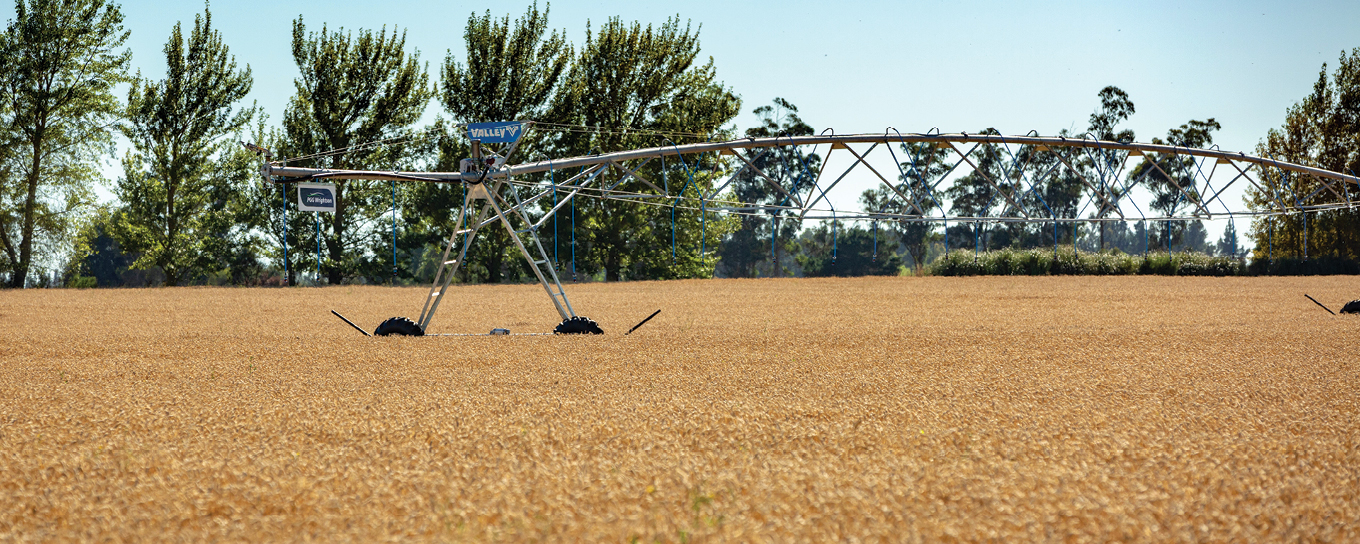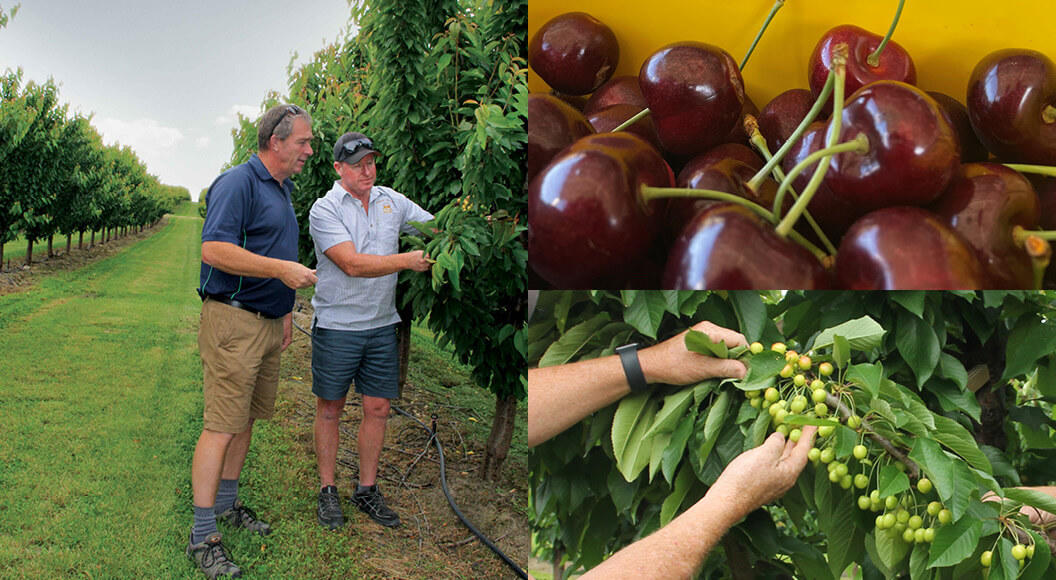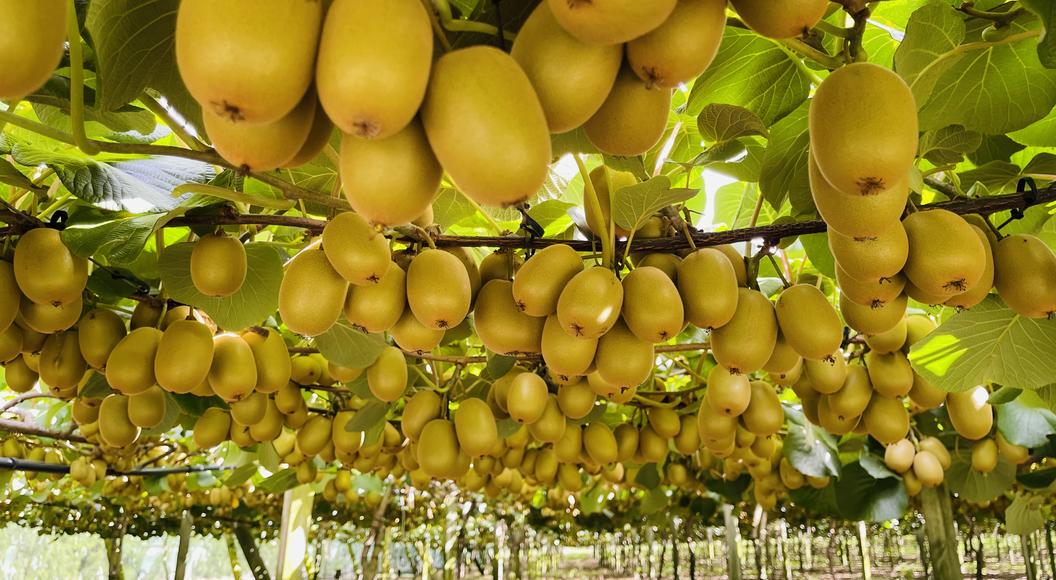
Barley establishment: cut corners at your peril
Barley is a versatile crop in temperate New Zealand, able to be grown to graze, conserve for silage, or combine harvest for grain to be processed into animal feed, malting or even seed multiplication.
Whatever the end use, there is one main driver that is common for any broad acre crop, yield. Yield is king as it dilutes the cost of production. Why would you go through the time, effort, and expense to grow a crop and then cap its yield by cutting corners?
The first decision stage is to understand why you want to grow barley, and its suitability for its intended end use. Is it for home consumption, or will it be sold and are there any contracts available? Does your intended use require specialised machinery, such as a combine harvester or silage harvester? And, if so, do you or your contractor have access to this?
The next decision is paddock selection. To grow a high yielding crop of barley, there is a requirement for machinery, so will the topography allow this? A flat and well drained cropping paddock is ideal. Make sure you take a soil test to determine a fertiliser and lime plan, remembering barley doesn’t like soils that are too acidic. Aim for pH 6.0 to 6.5 and remember, agricultural lime takes six months or more to break down and have the desired effect on pH.
Barley hates compaction, so if you have compaction or pan issues make sure you deep rip or at least cultivate to the desired depth before creating your seedbed. This is why direct drilling generally does not give as successful a high yielding crop as cultivating to create a firm fine seedbed does.
Variety selection is important. Choose a variety fit for the purpose and time of drilling, then take advice for an appropriate seed rate for that time of year. Too many seeds means the crop is too thick and more prone to disease and falling over. Too thin allows too much room for weeds to establish.
I would never plant a crop of barley without an appropriate fungicidal seed coating and insecticide, and my advice to you is the same. An appropriate fungicide coating to cover for soil and seed borne diseases helps maximise the percentage of establishment and survival of the seedlings. The insecticide protects from pests that either eat the crop or, more importantly, spread a virus called Barley Yellow Dwarf Virus, which can rob you of over 30 percent of your yield.
If you are sowing your barley in either autumn or winter, I would recommend a pre-emergent herbicide or at least an early post-emergent spray to take away early weed pressure. These crops may also need another weed spray in the spring, especially if you are wanting to harvest for either silage or grain. With spring planted barley, there is less requirement for a pre-emergent herbicide, however be on to it early post-emergence as the weeds come in thick and fast in the spring.
Nitrogen application, foliar insecticides for aphid control and fungicide sprays are also important to produce a quality and high yielding crop. Their timing is critical, so seek advice from your local PGG Wrightson Technical Field Representative to walk through some of the management aspects of your crop.


